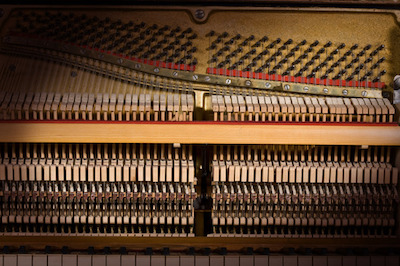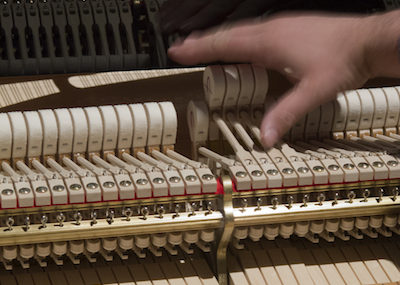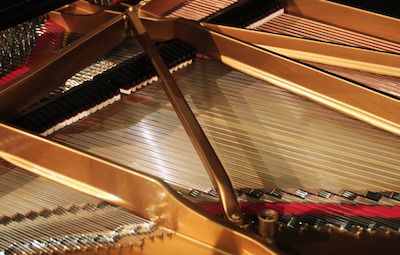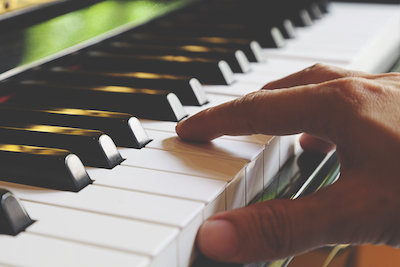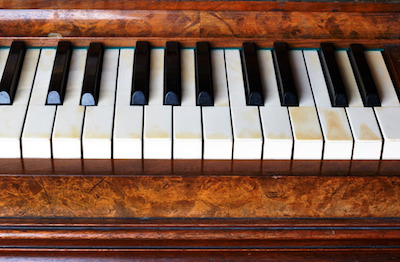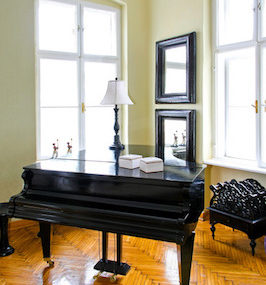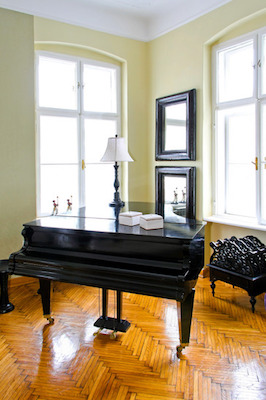Sometimes the easiest way to spruce up your home is to rearrange the furniture. And while that’s easy with a chair or a coach, it becomes much more difficult with a piano. Inspiration is the easy part – moving the piano into place is considerably more work.
Not only is it risky for your piano, but can be dangerous for you as well. You’ll want to hire a professional piano moving company if you are going between tight spaces or moving it to another floor in your home. But if your location is only a few feet away, we have some advice for your more.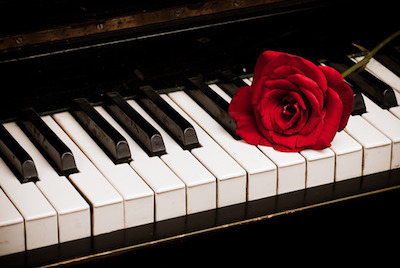
Prepare the path
The very first step is to determine the final resting spot for your piano. Make sure you have a clear path with nothing to block the path from beginning to end. If it has a lid, close it. This is especially important to ensure your fingertips aren’t injured in the move.
Make sure there aren’t any rugs that can get in the way, pieces of furniture that can bump or block your path, or cords that can cause tripping hazards. Measure every crucial detail, including doorways and spaces you’ll have to travel through.
In some cases, grand pianos can be easier to move as they often have wheels to get it to where you desire. While wood flooring can be easy, be especially careful on carpets, where the wheels can stick and be difficult to budge. It may be simpler to remove the legs rather than put them at risk for damage. Upright pianos may be easier to handle, but they can be top heavy and more prone to falling sideways.
Gather your tools
Pianos are the bulkiest, heaviest pieces of furniture in your home. This is especially true with pianos that do not have wheels. A dolly can help make the move easier. You’ll need several people on all sides of the piano as it travels from place to place.
Depending on how complicated your move is, you may also wish to invest in moving pads and straps. Be sure to strap down the lid to prevent it from being damaged, or from hurting you during the moving process. Blankets and pads will protect your walls from being scuffed and your piano from having exterior damage.
It’s better to be over prepared and have too many tools on hand rather than putting your piano or your health at risk.
And if it’s something you can’t handle, give us a call.
